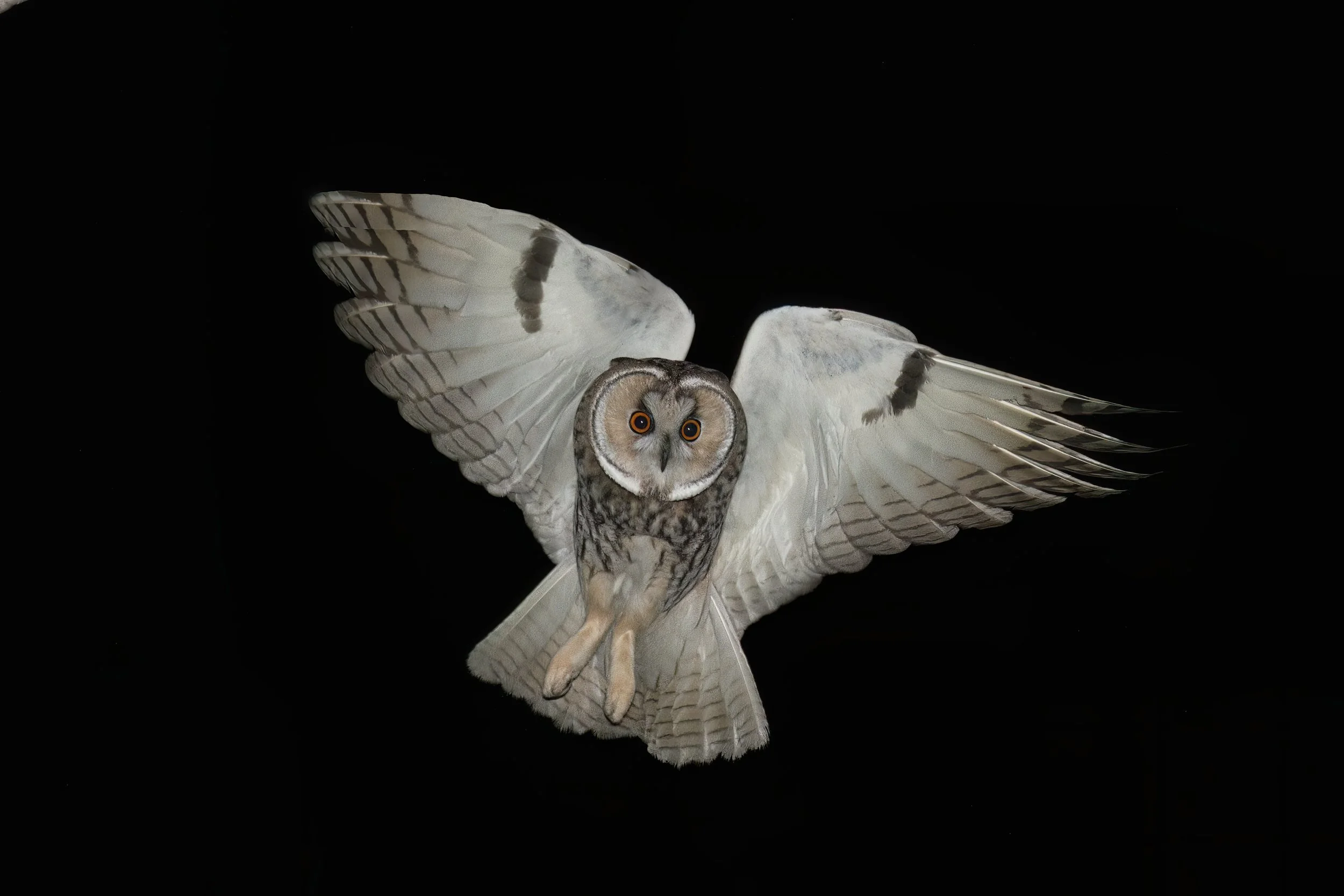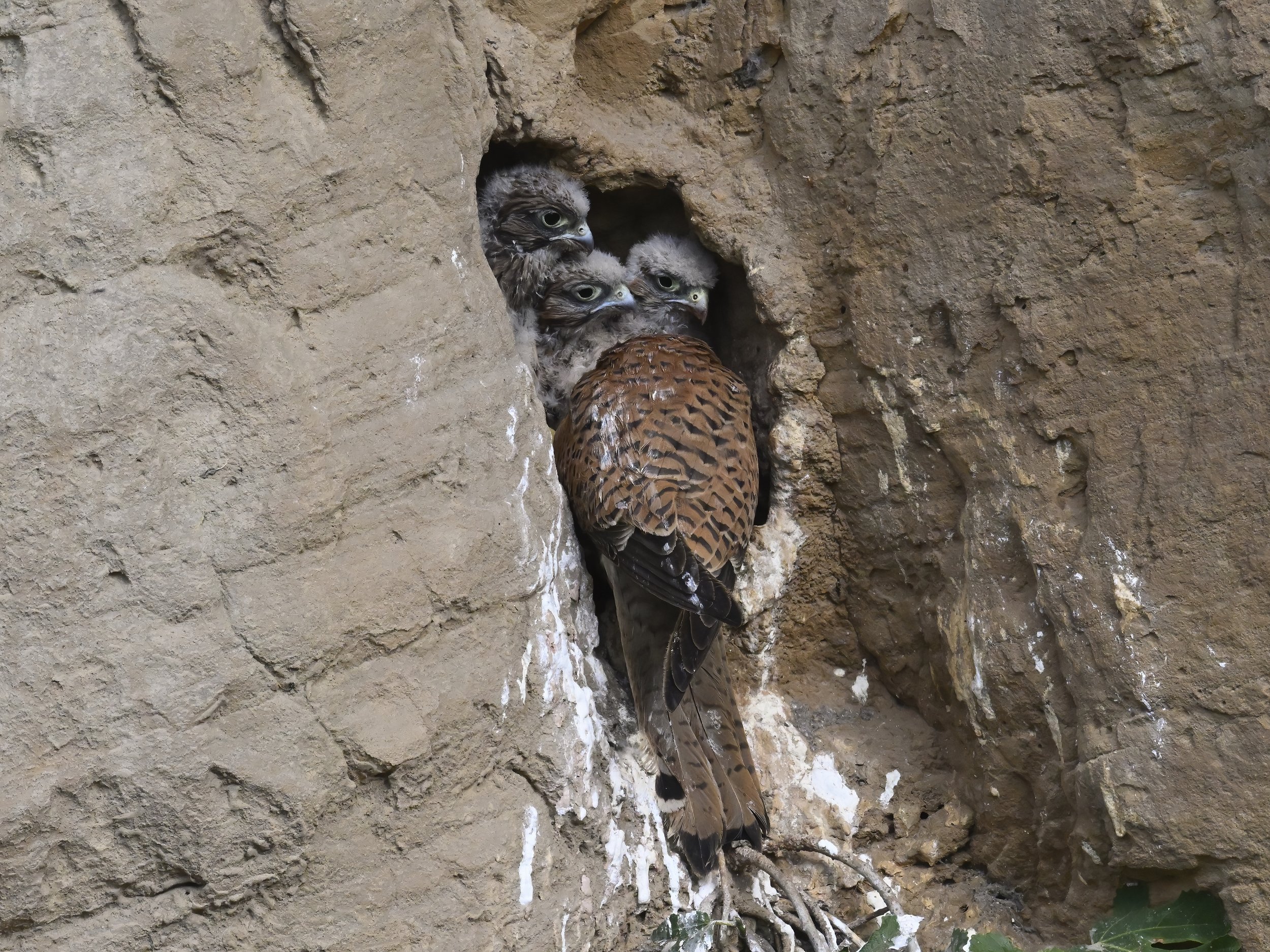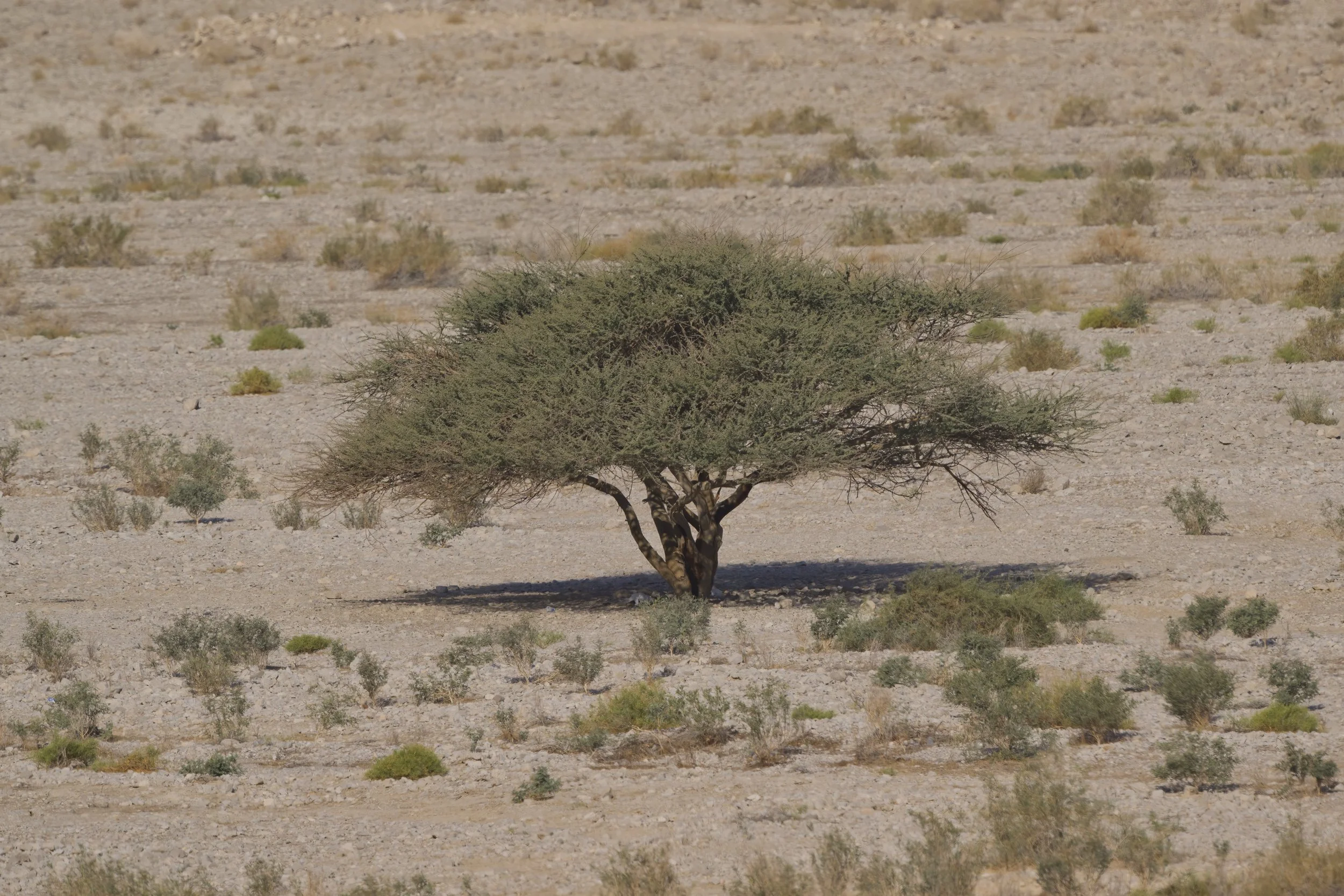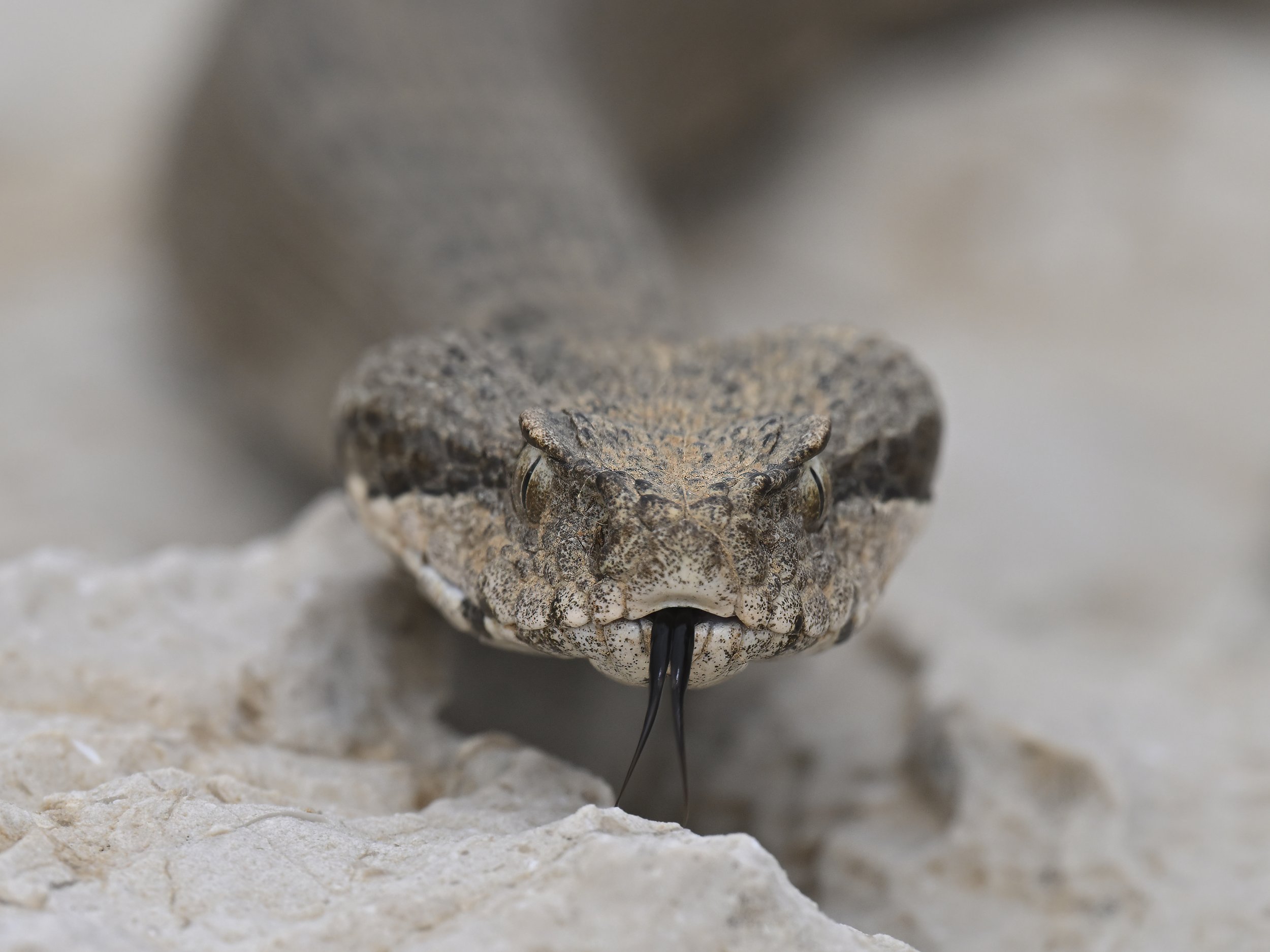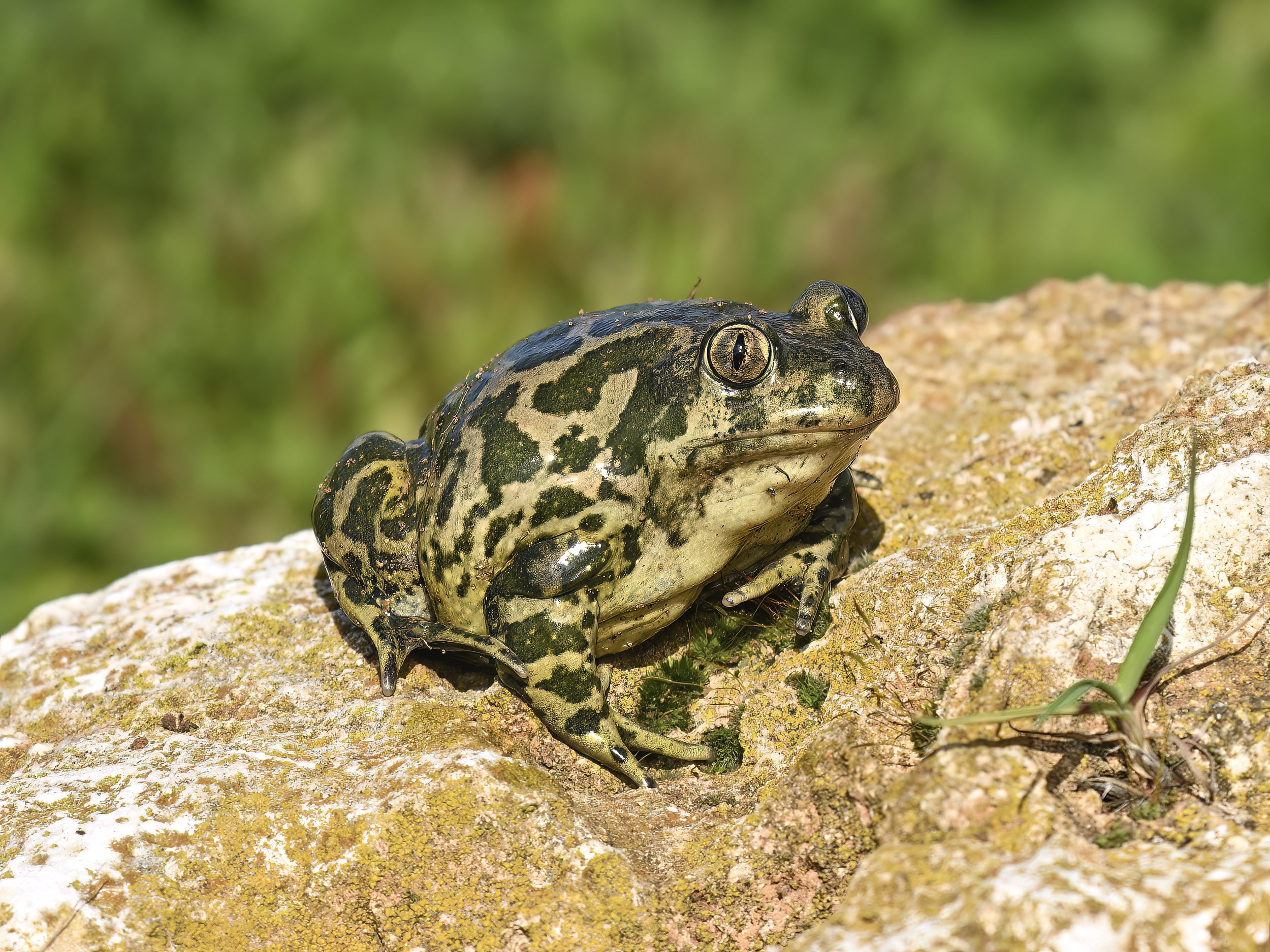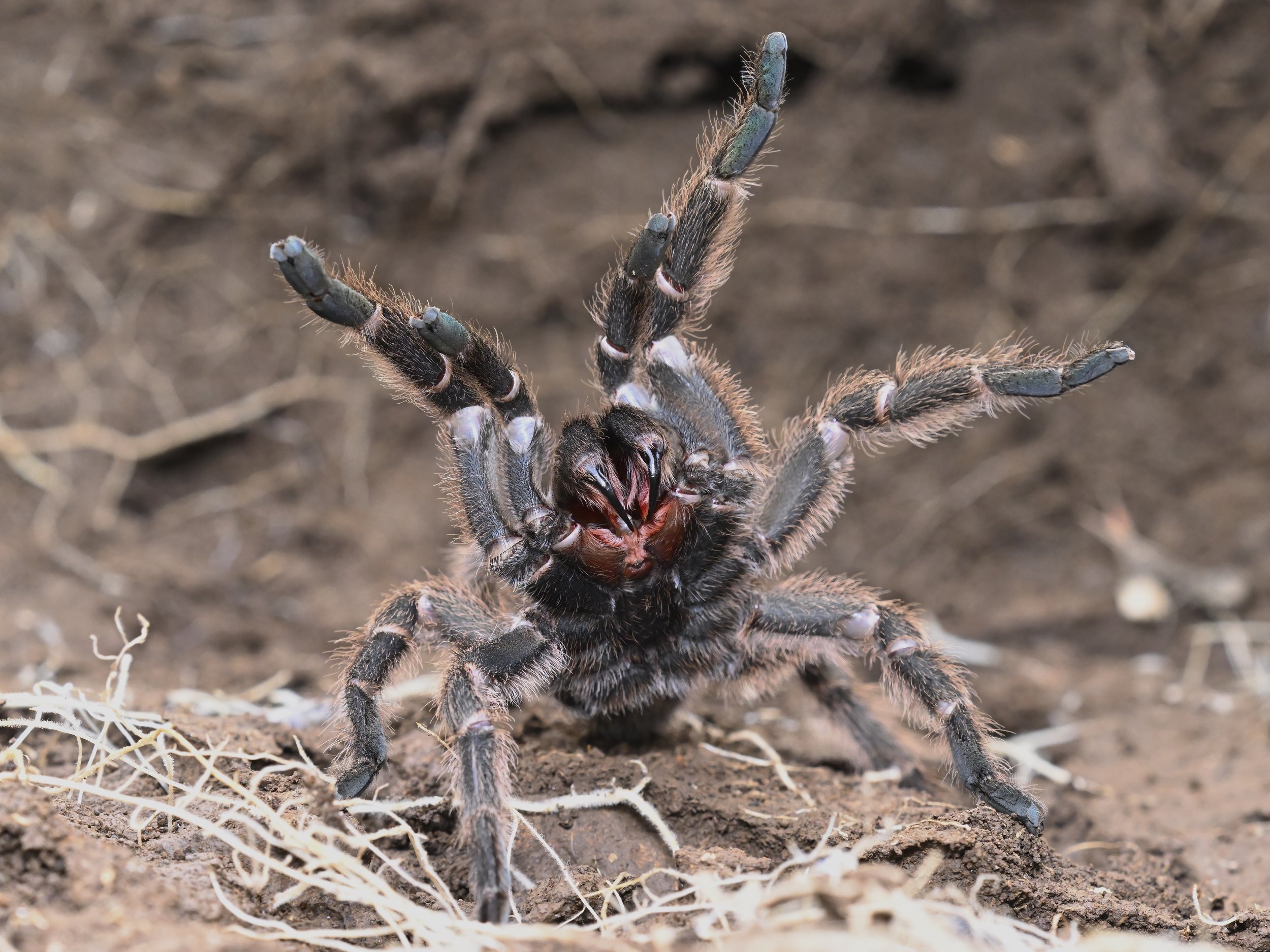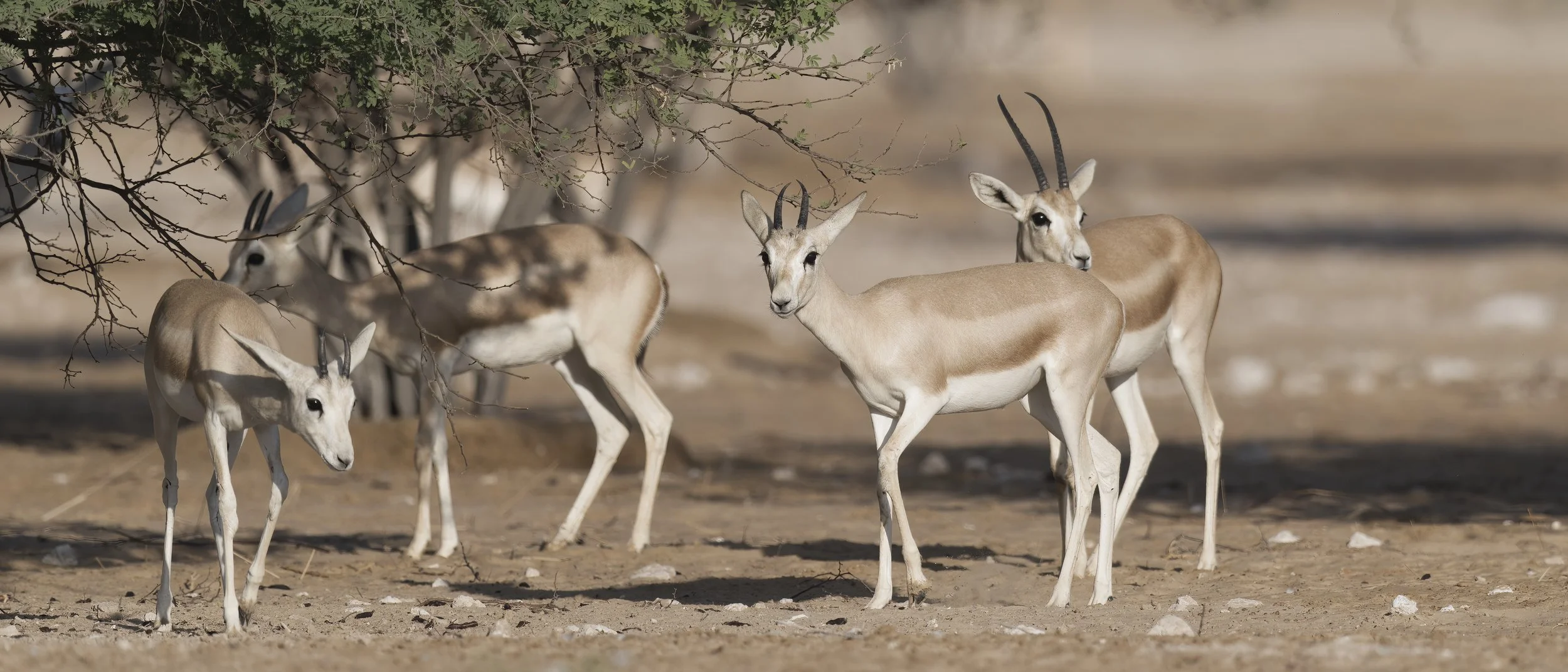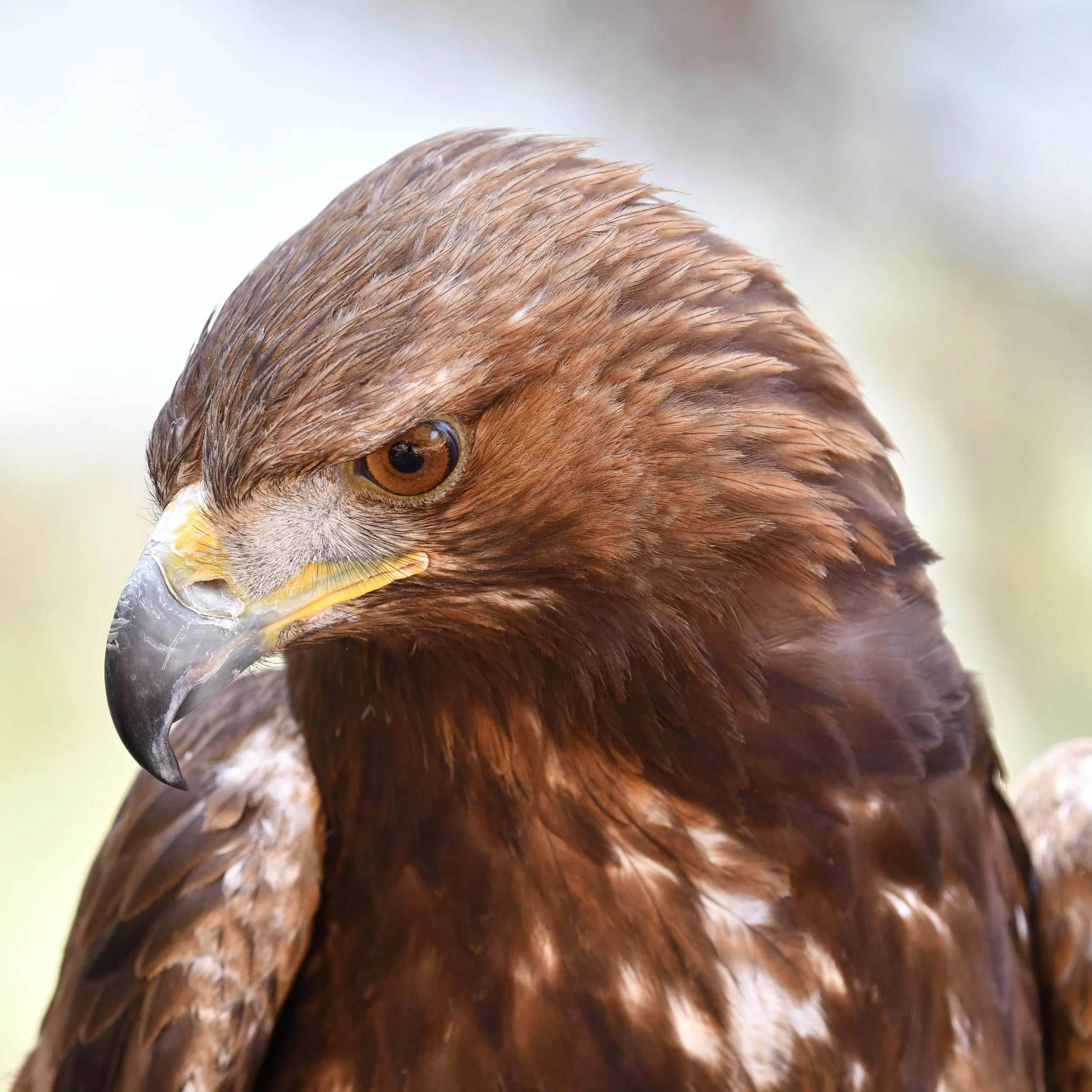Misconceptions About Snakes / معتقدات خاطئة عن الافاعي
Because people don't know much about snakes, they believe a lot of wrong things. Stories from grandparents and the mysterious way snakes behave make these myths stick in people's minds.
Every time we encounter people, we hear crazy stories that are often wrong and couldn't be further from the truth. In this blog, I will try to explain some.
The belief that snakes don't die is a myth or misconception. Like all living organisms, snakes are subject to mortality. However, some factors may contribute to the perpetuation of this misconception:
Long Lifespan: Some snake species have relatively long lifespans compared to other animals of similar size, leading to the perception that they are immortal. For example, some species of snakes can live for several decades in captivity.
Regeneration Myth: Snakes are often associated with myths and legends about regeneration, where they shed their skin and emerge "renewed." This process of shedding, called ecdysis, might contribute to the misconception that snakes never die.
Mythological and Symbolic Significance: Snakes have been revered and feared in various cultures throughout history, often representing eternal life or immortality in mythology and religion. These symbolic associations may have contributed to the belief that snakes themselves are immortal.
All snakes are venomous: In reality, only a minority of snake species are venomous, and even among those, many pose no threat to humans.
Snakes are aggressive and seek to attack humans: Snakes typically avoid confrontation with humans and will only strike if they feel threatened or cornered.
Snakes chase people: Snakes don't chase humans. They may move in the same direction as a person if they're startled or trying to escape.
You can identify a venomous snake by its color, Size, Head shape: Wrong, wrong and wrong.
Cutting a snake's head off prevents it from biting: Even after decapitation, a snake's nervous system can still function, and the head may still deliver reflexive bites for a short time.
All snakes lay eggs: While many snake species lay eggs (oviparous), some give birth to live young (viviparous), and others retain eggs internally until they hatch (ovoviviparous).
All snakes are found in deserts or jungles: Snakes inhabit a wide range of habitats, including forests, grasslands, deserts, mountains, aquatic environments, and even urban areas.
Snakes are slimy: Snakes have dry, scaly skin, not slimy like amphibians. The misconception might come from the appearance of their scales when wet or from water snakes.
بسبب قلة معرفة الناس بالأفاعي، فإنهم يصدقون الكثير من الأمور الخاطئة عنها. القصص التي تُروى من الأجداد والطريقة الغامضة التي تتصرف بها الأفاعي تجعل هذه الأساطير تستقر في أذهان الناس
في كل مرة نلتقي بأشخاص ، نسمع قصصًا مجنونة، غالبًا ما تكون خاطئة وبعيدة كل البعد عن الحقيقة. في هذه المدونة، سأحاول أن أشرح بعض الأمور
١- الاعتقاد بأن الأفاعي لا تموت هو أسطورة أو مفهوم خاطئ. مثل جميع الكائنات الحية، الأفاعي تتعرض للوفاة. ومع ذلك، هناك بعض العوامل التي قد تساهم في ديمومة هذا المفهوم الخاطئ
عمر طويل: بعض أنواع الأفاعي تعيش فترة طويلة مقارنة بالحيوانات الأخرى ، مما يؤدي إلى الاعتقاد بأنها خالدة. على سبيل المثال، بعض أنواع الأفاعي يمكن أن تعيش لعقود في الأسر
أسطورة التجديد: غالبًا ما ترتبط الأفاعي بالأساطير والحكايات عن التجديد، حيث تطرح جلدها وتخرج "مجددة". هذه العملية من طرح الجلد، التي تسمى التبدل، قد تساهم في الاعتقاد الخاطئ بأن الأفاعي لا تموت أبدًا
الأهمية الأسطورية والرمزية: الأفاعي كانت تُقدس وتُخشى في ثقافات مختلفة عبر التاريخ، وغالبًا ما تمثل الحياة الأبدية أو الخلود في الأساطير. هذه الارتباطات الرمزية قد ساهمت في الاعتقاد بأن الأفاعي نفسها خالدة
٢- جميع الأفاعي سامة: في الواقع، فقط قلة من أنواع الأفاعي هي السامة، وحتى بين تلك الأنواع، الكثير منها لا يشكل خطرًا على البشر
٣- الافاعي عدوانية وتسعى لمهاجمة البشر: الأفاعي عادةً تتجنب المواجهة مع البشر وتهجم فقط إذا شعرت بالتهديد أو الحصار
٤- الافاعي تطارد الناس: الأفاعي لا تطارد البشر. قد تتحرك في نفس اتجاه الشخص إذا كانت مذعورة أو تحاول الهرب
٥- يمكن تحديد الأفعى السامة بلونها أو حجمها أو شكل رأسها: خطأ، خطأ وخطأ لا يوجد قاعدة لذالك
٦- قطع رأس الأفعى يمنعها من العض: حتى بعد قطع الرأس، يمكن أن يستمر الجهاز العصبي للأفعى في العمل، وقد يستمر الرأس في العض الانعكاسي لفترة قصيرة
٧- جميع الأفاعي تضع البيض: بينما تضع العديد من أنواع الأفاعي البيض ، فإن البعض يلد صغارًا أحياء، والبعض الآخر يحتفظ بالبيض داخليًا حتى يفقس
٨- جميع الأفاعي توجد في الصحاري أو الأدغال: الأفاعي تسكن مجموعة واسعة من المواطن، بما في ذلك الغابات، السهول، الصحاري، الجبال، البيئات المائية، وحتى المناطق الحضرية
٩- الافاعي لزجة: الأفاعي تمتلك جلدًا جافًا متقشرًا، وليس لزجًا مثل البرمائيات. قد ينشأ هذا المفهوم الخاطئ من مظهر قشورها عندما تكون مبللة او من افاعي الماء







